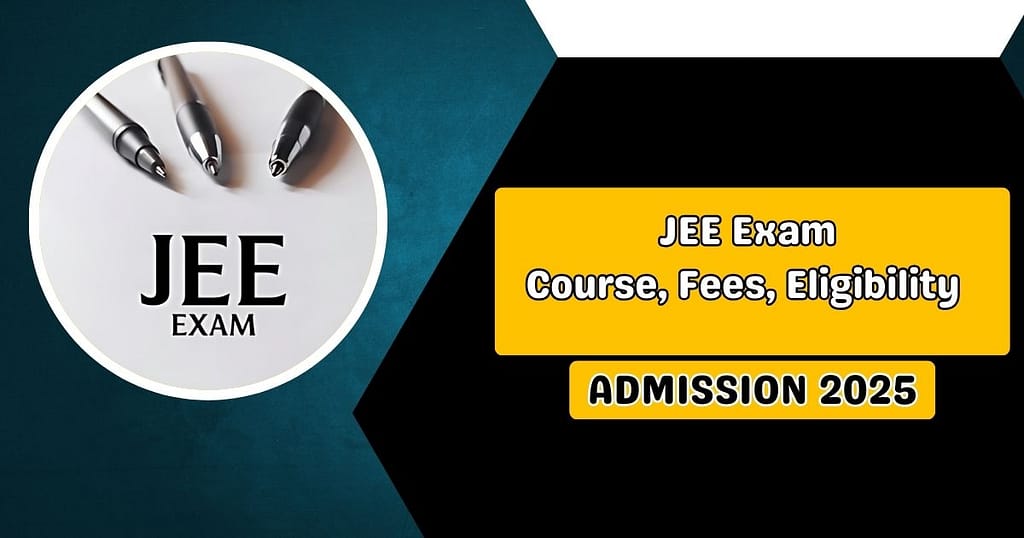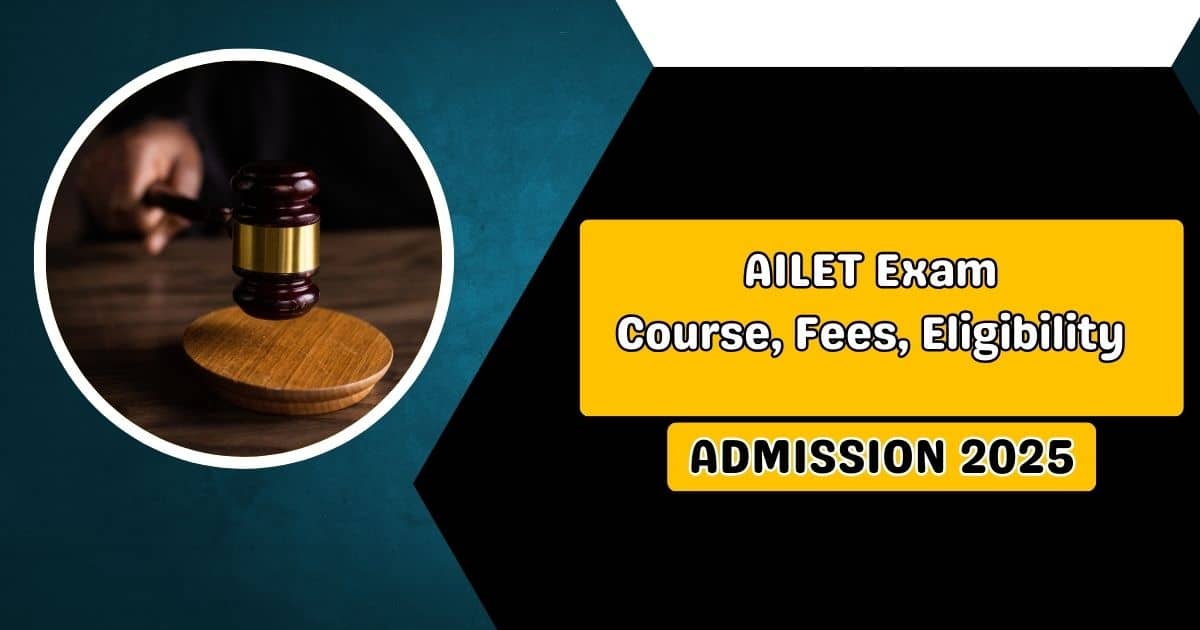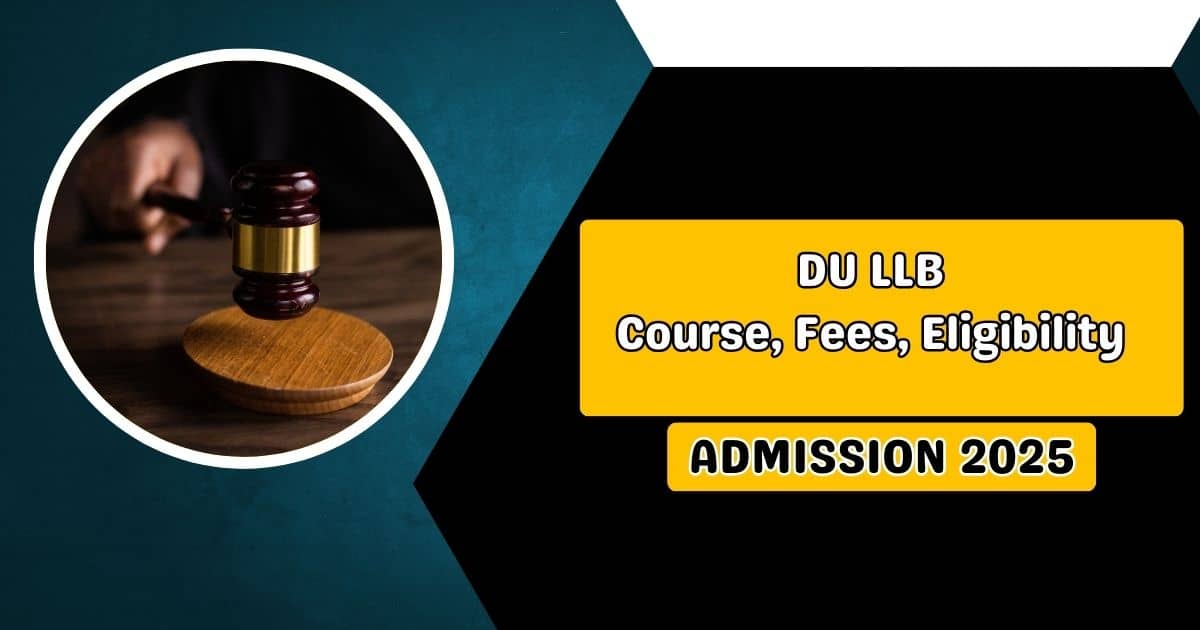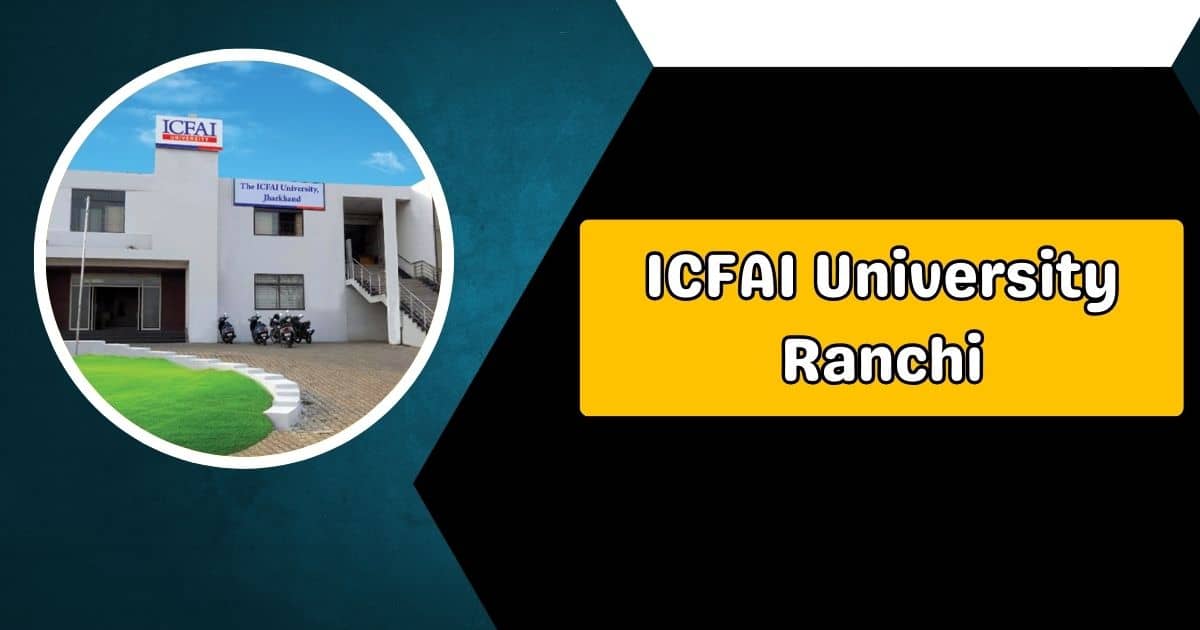
IIT JEE is a public-level design placement test that is comprised of two phases: JEE Main and JEE Advanced. JEE, Main is a screening test to choose the up-and-comers who will be qualified to show up for JEE advanced, which will fill in as the end-of-the-year test to select the possibility for entrance into esteemed IITs. Consistently, the IITs lead a Joint Entrance Examination (JEE) to choose the possibility of a 4-year B.Tech. B.Pharm, 5-year B.Arch, Integrated M.Sc., and M.Tech courses.
The Indian Institutes of Technology (IITs) are the loftiest foundations in India that deal with designing and innovative schooling of universally perceived norm of greatness. Throughout the long term, IITs have made a list of instructives supported through quality education and widely acclaimed research with astounding frameworks and the best accessible personalities. Graduated classes of IITs possess key positions, both in India and abroad. As of now, there are 23 IITs across India.
Understudies emerging from the IITs are known to have gained proficient greatness throughout everyday life.
Here, findmecollege has laid down below a detailed structure of IIT JEE, including its registration process, exam fees, eligibility, exam pattern as well as syllabus:

REGISTRATION PROCESS & FEES:
- Applicants must apply online to the NTA authority site for the JEE Main assessment. Competitors are encouraged to look at the means for JEE Main enlistment.
- Stage 1: Visit the authority site of NTA – www.nta.ac.in
- Step 2: Go to the designing tab – JEE Main
- Step 3: another page will be shown – www.jeemain.nic.in
- Step 4: On the landing page, click on the connection. Apply JEE (Main)
- Step 5: Candidates will track down two tabs – Fresh Candidate Registration and Registered Candidates
- Step 6: Candidates are encouraged to enroll through the Aadhaar number
- Step 7: Fill the web-based application structure
- Step 8: Verify the versatile number and email ID
- Step 9: Pay the recommended application expense.
- Stage 10: Complete the opening booking. Stage 11: Submit the subtleties and print the affirmation page.
- The application charge might be paid by either credit/debit card/net banking or an e-challan created during the internet filling of the application structure involving the web installment passage office at the State Bank of India.
- The NTA has given a choice to amend the mix-ups made in the JEE Main application structure. Competitors can benefit from the remedy office only in restricted fields. Candidates need to utilize their login qualifications to roll out the improvements in the JEE Main application.
ELIGIBILITY:
FOR JEE MAINS PROGRAMME:
- General Class upcomer probably got essentially 75% imprints in Std. XII board test (with Mathematics and physics as the necessary subjects alongside Chemistry/Biology or Biotechnology) or any of the same passing tests. (65% for SC-ST classification applicants) OR
- Applicant should be in the top 20 percentile of individual Std. XII board.
- There is no age-breaking point in showing up for JEE Main.
- The applicant is qualified to show up for JEE Main in three sequential years from the year he shows up for Std. XII. (twelfth Class) One endeavor incorporates the January endeavor and April endeavor of that very year.
- Applicants who pass JEE Main and fulfill all qualification standards can attend JEE Advanced. Entrance into different undergrad programs across IITs is through JEE Advanced.
FOR JEE ADVANCED PROGRAMME:
- Applicant should be in the top 2,50,000 upcomers (counting save classification), clearing JEE Main – Paper 1.
- The upcoming general classification probably got essentially 75% imprints in Std. XII board test (with Mathematics and physics as the obligatory subjects alongside Chemistry/Biology or Biotechnology) or any of the same passing tests. (65% for SC-ST classification applicants) OR
- Applicant should be in the top 20 percentile of particular Std. XII (twelfth Class) board.
- The competitor is qualified to show up for JEE Advanced in two successive years from the year he shows up for Std. XII (twelfth Class).
- Competitors who join any IITs, IT-BHU, Varanasi, and ISM, Dhanbad through JEE won’t be allowed to show up for JEE in the future.
EXAM PATTERN:
JEE MAINS
-
- JEE, Main, is a passage-level test with lower trouble. It contains two papers. Paper 1 is led for admission to Undergraduate Engineering Programs at NITs, IIITs, CFTIs, and other esteemed foundations. It is likewise a qualification test for JEE advanced, directed for admissions to IITs. Paper 2 is led for admission to B.Arch. and B.Planning courses.
- JEE Main Paper 1 is directed in internet-based mode in subjects of Physics, Chemistry, and Mathematics for 3 hours.
- There are 90 inquiries, 30 of which are from each subject (20 MCQ + 10 mathematical). Out of these 90 inquiries, competitors must answer 75 questions.
- Each question contains four marks; one mark will be deducted for every wrong answer.
- No imprints will be deducted for unattempted questions.
- It consists of 90 (75 Que. are to be attempted among these) for 300 marks.
JEE ADVANCED
- It is a genuine internet-based assessment comprising two papers that are three hours each. Both these papers are obligatory.
- Paper-1 and Paper-2 will each have three separate areas: physics, chemistry, and mathematics.
- All questions will be of Objective Type, intended to test the applicants’ fitness, cognizance, and scientific capacity.
- Questions will be both MCQs and Numerical worth-based sorts. Paper design, as well as several inquiries posed, is not fixed and changes consistently.
- The stamping plan is not fixed and changes consistently.
- Negative imprints might be granted for erroneous solutions for some inquiries.
SYLLABUS:
JEE MAINS
JEE, the Main schedule for Paper 1 (B.Tech), incorporates Physics, Chemistry, and Mathematics. The schedule of Paper 2A for Architecture (B.Arch) will include subjects of Mathematics, General Aptitude, and Drawing, while Paper 2B (B.Plan) will have Mathematics, General Aptitude, and Planning points.
- Arithmetic: Sets, Relations and Functions, Matrices and Determinants, Permutations and Combinations, Complex Numbers and Quadratic Equations, Binomial Theorem, Mathematical Induction, Limit, Sequences and Series, Differential Equations, Integral Calculus, Continuity and Differentiability, Three three-dimensional geometry, Co-ordinate Geometry, Statistics and Probability, Vector Algebra, Mathematical Reasoning and Trigonometry.
- Physics: Laws of Motion, Kinematics, Work, Energy and Power, Gravitation, Rotational Motion, Physics and Measurement, Properties of Solids and Liquids, Thermodynamics, Electrostatics, Oscillations and Waves, Kinetic Theory of Gases. Magnetic Effects of Current and Magnetism, Electromagnetic Induction and Alternating Currents, Current Electricity, Optics, Electromagnetic Waves, Dual Nature of Matter and Radiation, Electronic Devices, Atoms and Nuclei, Communication Systems, and so on.
- Physical Chemistry: Basic ideas in Chemistry, States of Matter, Chemical Bonding and Molecular Structure, Atomic Structure, Solutions, Redox Reactions and Electrochemistry, Equilibrium, Chemical Thermodynamics, Chemical Kinetics, Surface Chemistry, etc.
- Inorganic Chemistry: General Principles and Process of Isolation of Metals, Hydrogen, p – Block Elements, s – Block Element, Co-appointment Compounds, d – and f – Block Elements, Classification of Elements and Periodicity in Properties, Environmental Chemistry, and so on.
- Natural Chemistry: Some Basic Principles of Organic Chemistry, Organic Compounds Containing Halogens, Purification, and Characterization of Organic Compounds, Hydrocarbons, Polymers, Organic Compounds Containing Nitrogen, Organic Compounds Containing Oxygen, Bio Molecules, Principles Related to Practical Chemistry, Chemistry in Everyday Life, and so on.
- APTITUDE TEST: Awareness of spots, people, Texture, and items connected with Architecture and building climate, structures, and materials; visualizing 3-D articles from 2D drawings; Mental Ability (Visual, Numerical, and Verbal); visualizing various sides of 3D items; analytical Reasoning.
JEE ADVANCED
- MATHEMATICS: Algebra, Matrices, Probability, Differential Calculus, Integral Calculus, Vectors, Addition and multiplication rules of probability, conditional probability, Bayes Theorem.
- PHYSICS: Units and dimensions, Dimensional analysis, Least count, significant figures; Methods of measurement and error analysis Units and dimensions, Dimensional analysis, Least count, significant figures; Methods of measurement and error analysis, Mechanics, Thermal Physics, Electricity & Magnetics, Optics, Modern Physics.
- PHYSICAL CHEMISTRY: The concept of atoms and molecules, Dalton’s atomic theory, the Mole concept, Gaseous & Liquid State, Atomic Structure & Chemical Bonding, and Organic & Inorganic Chemistry are also covered.






